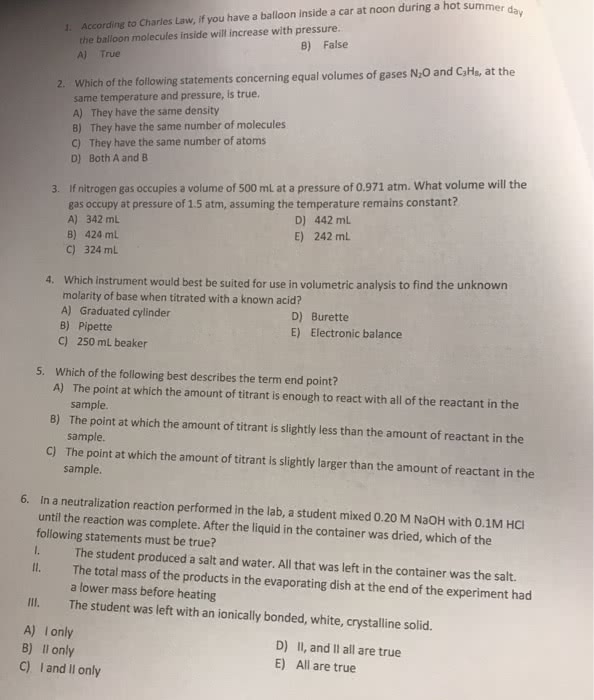CHEM 101 Lecture Notes - Lecture 1: Creative Commons License, Openstax, Carbonation
Document Summary
Matter is defined as anything that occupies space and has mass, and it is all around us. Solids and liquids are more obviously matter: we can see that they take up space, and their weight tells us that they have mass. Gases are also matter; if gases did not take up space, a balloon would stay collapsed rather than inflate when filled with gas. Solids, liquids, and gases are the three states of matter commonly found on earth. A solid is rigid and possesses a definite shape. A liquid flows and takes the shape of a container, except that it forms a flat or slightly curved upper surface when acted upon by gravity. Both liquid and solid samples have volumes that are very nearly independent of pressure. A gas takes both the shape and volume of its container (figure1. 1). Some samples of matter appear to have properties of solids, liquids, and/or gases at the same time.


